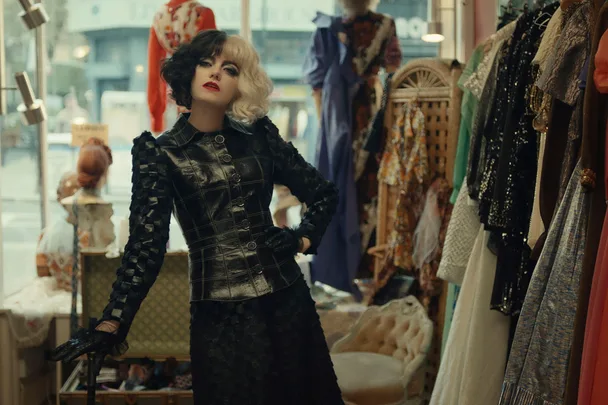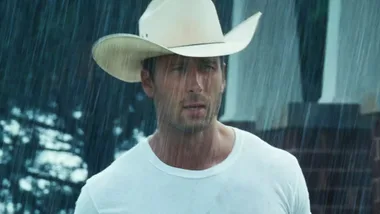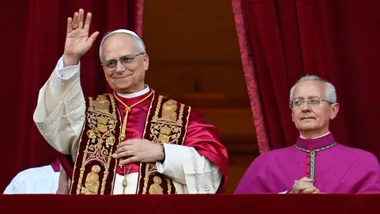Fifty years ago, Linda Nochlin penned the essay, “Where are all the great women artists?” In it, she took aim at the institutional structures that made it so that white upper-class men were viewed as “great”, while women and people of colour were not.
In the intervening years, we’ve come a ways in reconfiguring those institutions so that women and people of colour are also recognised for their creative brilliance, but still, representations of the archetypal creative genius are still dominated by those same people Nochlin critiqued: white, upper-class and male.
Cruella goes as way in rectifying this and closing the gap by subverting the trope of the artistic genius by questioning what happens when it is women pursuing the extent of their genius to the nth degree.
The film follows (as I’m sure you’re probably already aware) the origin story of Cruella De Vil. As the lore goes, she wasn’t always Cruella, the OTT fashion designer who dognapped Dalmatians and threatened to make coats of their fur. In the beginning, she was just Estella. Born with that trademark white and black hair (as opposed to it being a deliberate aesthetic choice), and a rebellious temperament, she was always getting in trouble for standing up for herself against bullies and making rogue masterpieces out of her school uniforms. She does, however, have a mean streak, an alter ego that her mother calls Cruella. “You’re not Cruella, you’re Estella,” she tells her after an outburst.
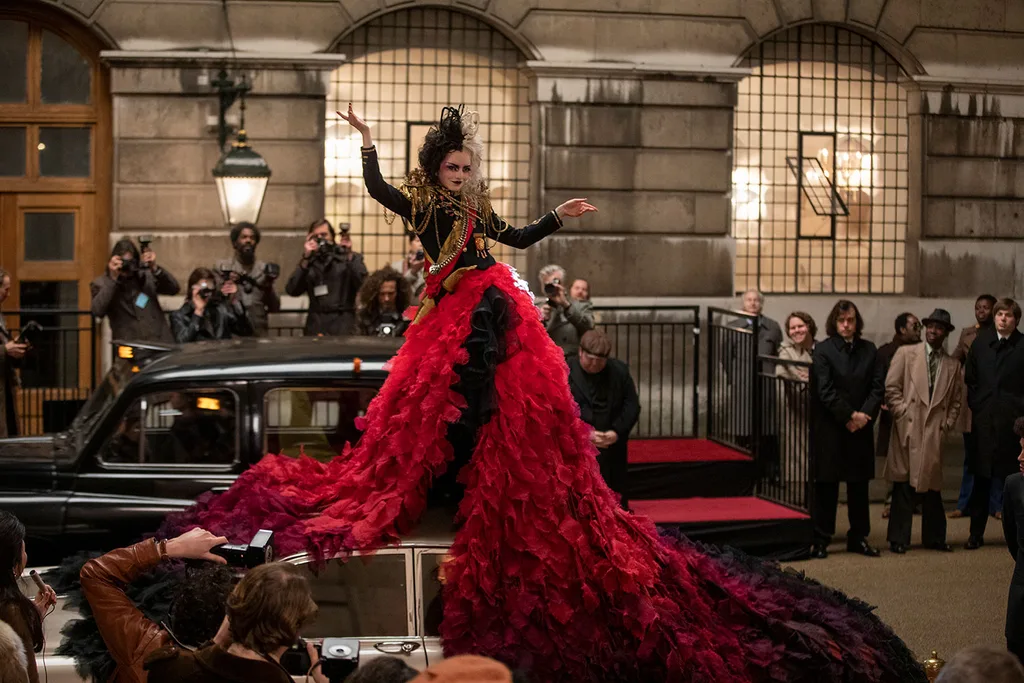
In talking about the film, Stone explains that the differentiation between the two personas is crucial. “Estella is sweet, she’s not fully embodied. So I would say there is something about Cruella that’s pretty enticing, because she just kind of is who she is. She’s in full acceptance and autonomy there.”
When tragedy strikes and Estella’s left orphaned and alone in London, she joins forces with a pair of street urchins, Horace (Paul Walter Hauser) and Jasper (Joel Fry). Together, the three of them grow up to become petty thieves with Estella expressing her creating by designing their disguises. Eventually, she crosses paths with esteemed fashion designer, the Baroness (Emma Thompson) which then leads to a job in her fashion house. The Baroness is the most talented fashion designer in London and she knows it. She’s also the epitome of the creative genius archetype: emotionally brutal, confident of her vision and will stop at nothing to be the best. Even if that means getting her hands bloody.
Talking to marie claire, Stone says the treatment of creative genius and depiction of women in those traditionally male roles was part of the appeal of exploring Cruella’s story. “Both Emma [Thompson] and I were drawn to that,” she says. “I thought it was so cool to see a film where there’s no love story in sight, it’s really just these two women on their own journey doing what they love to do and they’re doing that against all odds, at all costs.
“I don’t think that’s necessarily an aspirational thing to try to beat each other to the top of the food chain and not make room for each other, but it is fascinating to see, and I really haven’t seen it in a Disney movie. So I thought it was a really cool and original tale for Disney.”
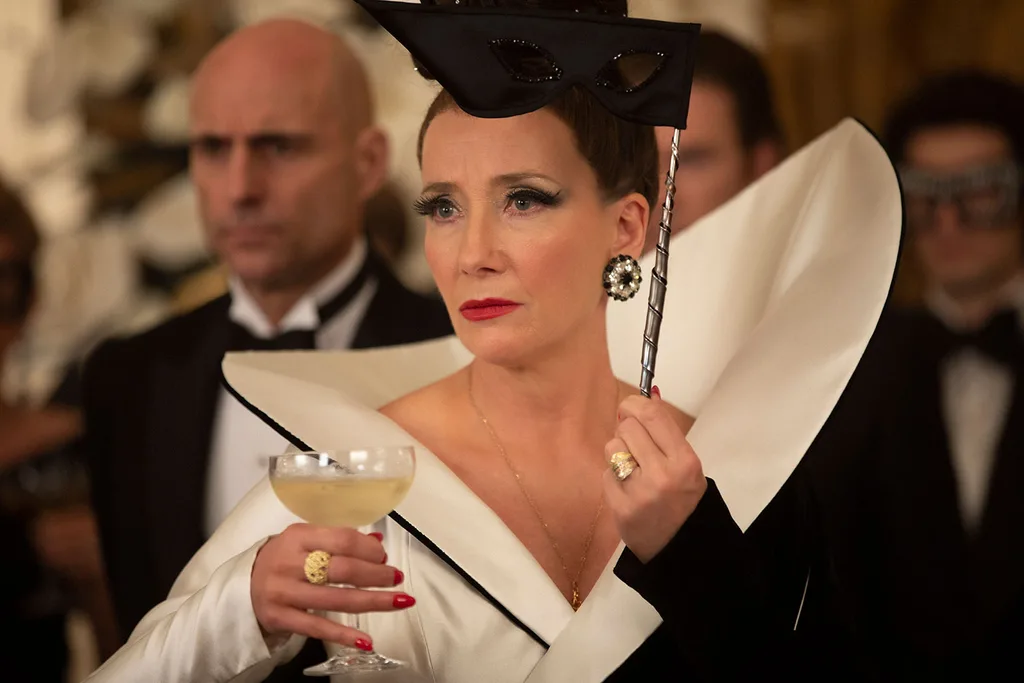
Thompson agrees, zeroing in on the features of the Baroness that echo what we know to be traits of the artistic genius. “In the film the Baroness says, ‘If I hadn’t been single-minded, I might have had to put my genius at the back of the drawer,’ like so many other women of genius, who died without producing anything and without using their genius. And what did they do?” she explains. “And actually, it is a very good point. So whilst, as Em says, I wouldn’t necessarily walk that path, her commitment to her own creativity is rather admirable, and difficult, probably.”
This is what the film excels at – understanding that we don’t often see women in the role of the wholly committed artistic genius, and using our prior expectations to subvert the trope. By having the two women compete and embrace their true artistic genius, the moral tension of their compromised humanity is emphasised. “I do think [Estella] forsakes empathy in some capacity as Cruella,” Stone says. “These are two very different aspects of her personality and she’s sacrificing one to lean into the other. It’s nature vs. nurture. For all of us, hopefully, they’re combined but what happens if you totally distinguish those from each other? What do you get if you sacrifice one for the sake of the other? That’s an interesting story to explore.”
It’s also incredibly bold for Disney to want to tell a story about women as artistic genius, and even more than that, one who is unrelenting in her pursuit of greatness. Cruella isn’t an aspirational tale, but it is a human one. One that attempts to unpack how evil people become to be evil, and in doing so, problematises the good/bad binary that we’re so used to seeing in Disney films. It’s a refreshing dose of reality that hopefully we see much more of in years to come.
Cruella is in cinemas and streaming on Disney+ now.
